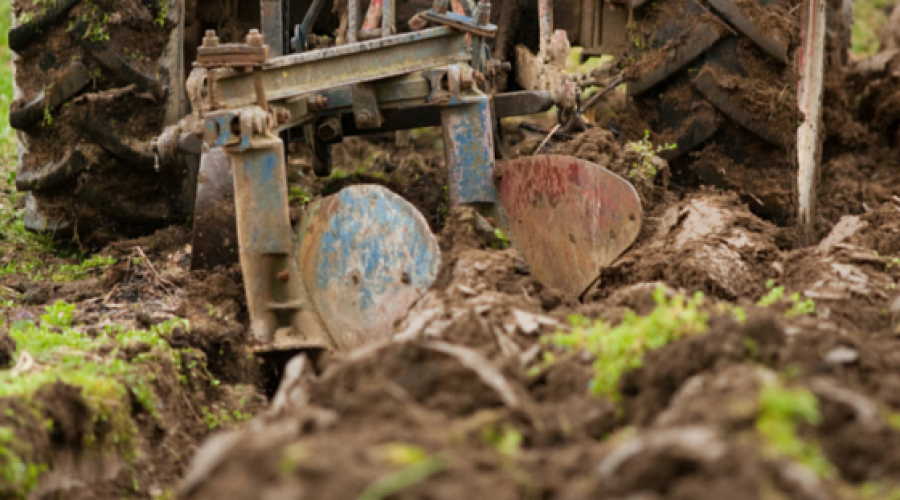The practice of Stoicism requires that we understand the theoretical essentials of the Stoic philosophical system. However, we must be vigilant not to get sucked into the trap of academic philosophy where analysis leads to paralysis, and philosophy becomes meaningless to all but those holding PhDs in the subject. Likewise, we must not apply Stoicism as a psychological balm or existential add-on to a twenty-first-century lifestyle otherwise focused on material success. We need to remember the purpose of Stoic practice, which is to transform our lives. Stoicism is distinct from academic philosophy because it is a way of life—an art of living—-rather than a purely analytic endeavor. Pierre Hadot suggests the practice of Stoicism will “turn our entire life upside down.”[1] Keeping that image in mind, I think the metaphor of a farmer turning the soil upside down to plant new seed works well for Stoic practice. Stoicism is not simply a nutrient rich fertilizer we can add to the soil of our tired souls, which have become exhausted from growing the wrong crops. Instead, Stoicism requires us to turn the soil of our psyche (soul) upside down and plant new seeds. Only then can we expect to reap a different harvest than the one which yields unhappiness and discontent.
Therefore, the practice of Stoicism involves tilling the soil of our soul to expose our impressions and desires to the light of our attention (the practice of prosoche). Once exposed, we can employ the discipline of assent to examine our impressions, judgments, and desires to distinguish between those which bear good fruit and those which produce weeds. Then, the discipline of desire will help us select only the best seeds to plant in our psyche for a new harvest. That new harvest, gleaned from assent to right impressions and appropriate desires, will empower us to act, using the discipline of action, for the good of the whole rather than exclusively for our own interests.
Hadot suggests the Stoic art of living is a “concrete attitude and determinate life-style, which engages the whole of existence.” He points out that it is lived not “merely on the cognitive level” but on that of “self and of being.” He argues this “conversion” is one which “turns our entire life upside down, changing the life of the person who goes through it.” As a result, we can rise above our “inauthentic condition of life, darkened by unconsciousness and harassed by worry” to an “authentic state of life” which includes “self-consciousness, an exact vision of the world, inner peace, and freedom.”[2]
If you have hit a plateau in your Stoic practice, it may be time to refocus on the basics. Turn, once again, to the practice of prosoche, and the three Stoic disciplines; they are the basics of the Stoic art of living. It never hurts to dive a little deeper into the theory to find a new gem or two; however, not at the cost of neglecting your practice. Moreover, if your practice of Stoicism has not turned your life upside down, it is possible you are attempting to apply Stoicism topically, as a balm, rather than taking it as an internal, systemic prescription for the soul. Like many prescriptions designed to heal, Stoicism may taste a little bitter at first and you may not like the side effects initially. However, as Epictetus famously put it,
A philosopher’s school, man, is a doctor’s surgery. You shouldn’t leave after having had an enjoyable time, but after having been subjected to pain. For you weren’t in good health when you came in… (Discourses 3.23.30)
ENDNOTES:
[1] Hadot, P. (1995). Philosophy as a Way of Life. New York: Blackwell, pp 82-3
[2] Ibid



